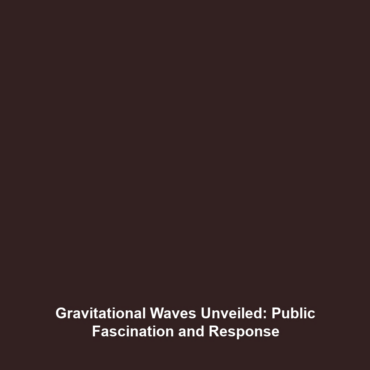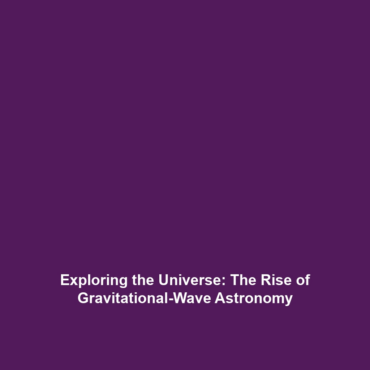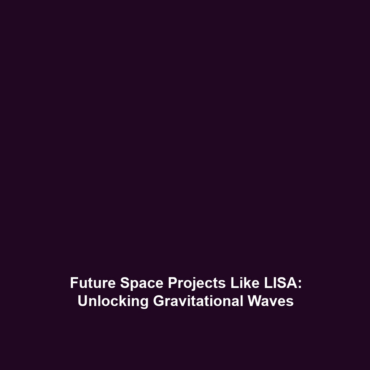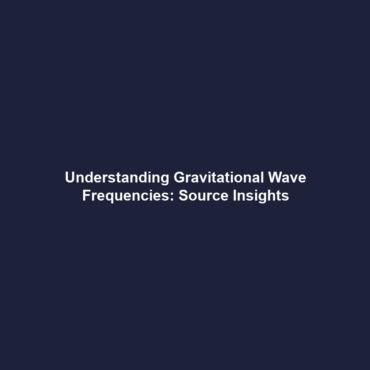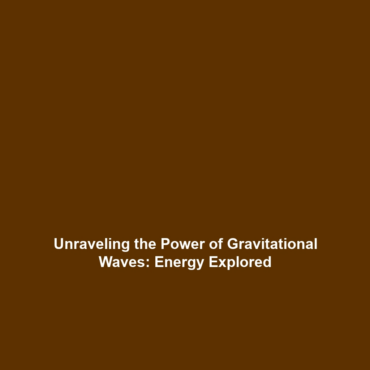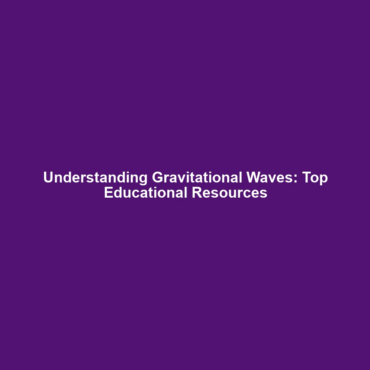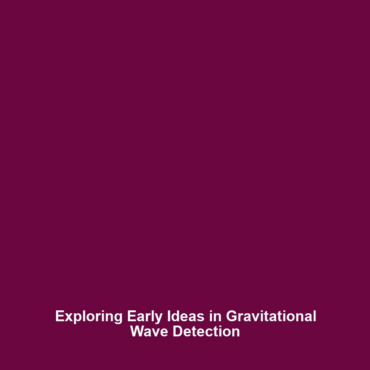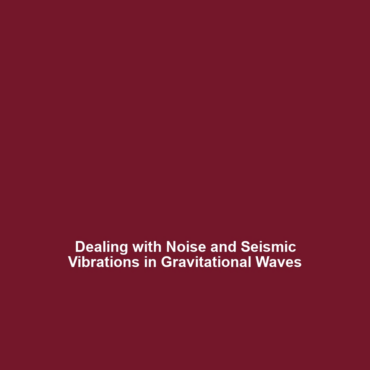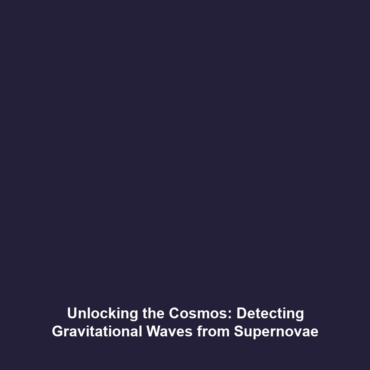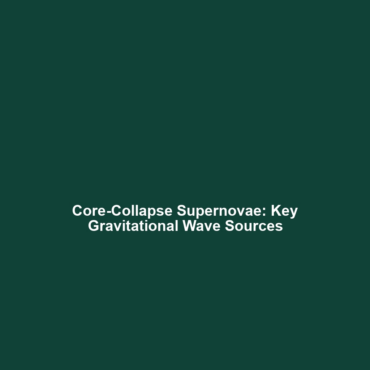Gravitational Waves in Popular Science: How the Public Has Responded to These Discoveries
Gravitational waves represent one of the most groundbreaking discoveries in modern science, predicated on the theories of Albert Einstein. Their detection has not only transformed our understanding of the universe but also captivated the public imagination. The fascination surrounding gravitational waves is indicative of a broader trend in which scientific discoveries increasingly engage the public, leading to discussions, debates, and a heightened appreciation of astrophysical phenomena. This article delves into how the public has responded to these discoveries, highlighting the significance of gravitational waves in popular science.
Key Concepts of Gravitational Waves
Gravitational waves are ripples in spacetime caused by some of the most violent and energetic processes in the universe, such as merging black holes or neutron stars. Here are some key concepts:
- Origin: Gravitational waves are generated by astronomical events where massive bodies accelerate, fundamentally predicted by Einstein’s General Theory of Relativity.
- Detection: The Laser Interferometer Gravitational-Wave Observatory (LIGO) has been paramount in observing these elusive waves.
- Impact: The detection of gravitational waves has opened a new era of gravitational wave astronomy, allowing insights into the properties of black holes and the fundamental structure of the universe.
Applications and Real-World Uses
The applications of gravitational waves in popular science extend beyond academia, capturing public interest and sparking curiosity about their implications:
- Public Engagement: Documentaries and educational programs have emerged, illustrating the science behind gravitational waves.
- Science Communication: Increased public outreach initiatives by scientific organizations aim to educate the general population about gravitational wave research.
- Artistic Representations: Artistic interpretations of gravitational waves feature in exhibitions and media, bridging science and public understanding.
Current Challenges
Despite the intrigue surrounding gravitational waves, there are several challenges faced in both scientific and public response contexts:
- Public Understanding: Many individuals lack a fundamental understanding of physics, making it difficult to grasp concepts related to gravitational waves.
- Funding Constraints: Research and outreach programs reliant on grants may experience financial shortfalls, limiting the dissemination of information.
- Technical Limitations: The complexity of data interpretation and the need for advanced technology can hinder further discoveries.
Future Research and Innovations
The future of research related to gravitational waves is promising and features several innovative directions:
- Next-Gen Detectors: Researchers are developing more sensitive telescopes and detectors that could detect weaker signals, allowing more extensive astronomical observations.
- Interdisciplinary Studies: Collaborations between astrophysicists and other scientific fields may yield new insights into the implications of gravitational waves.
- Enhanced Public Programs: Future initiatives may include virtual reality experiences that simulate gravitational wave phenomena for educational purposes.
Conclusion
In conclusion, the discovery of gravitational waves has not only propelled scientific exploration but has also significantly influenced public interest in astrophysics. Understanding how the public responds to these phenomena forms a crucial part of ongoing discussions surrounding science communication. To learn more about gravitational waves and their broader implications, explore our articles on Astrophysics and General Relativity.
